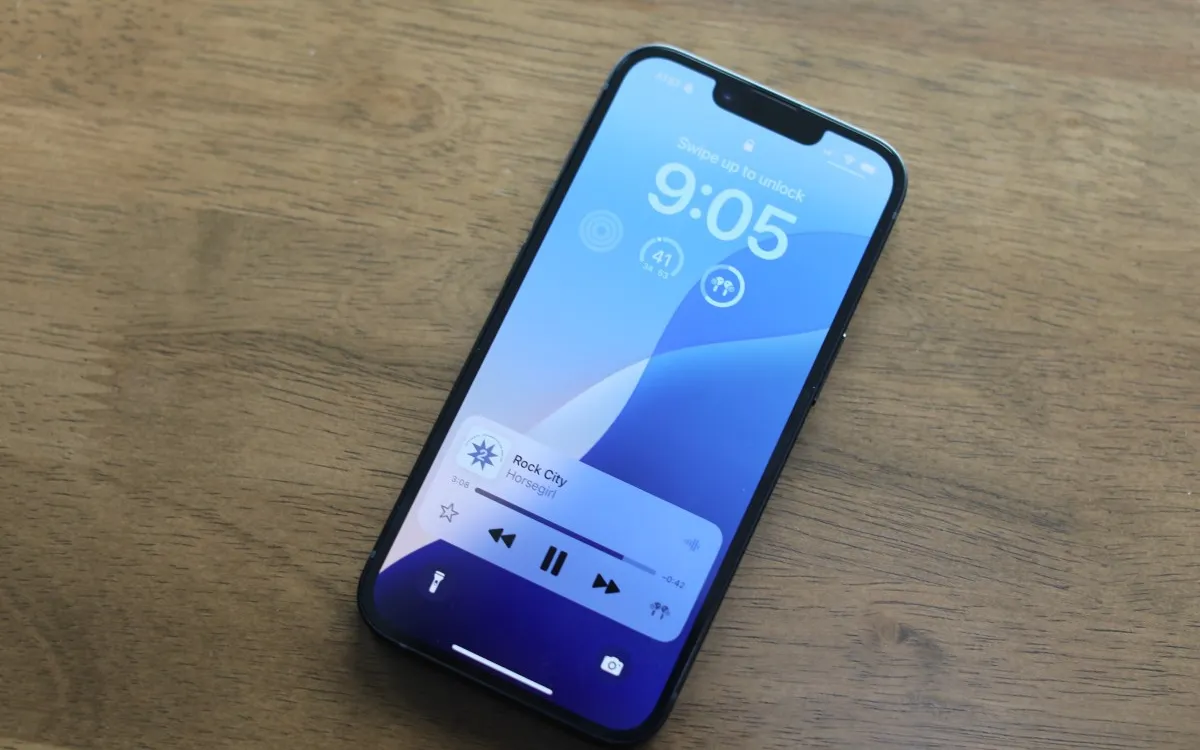
Apple has quietly introduced its latest budget-friendly smartphone, the iPhone 16e, priced at $599. Unlike previous launches, this release was not accompanied by a grand event or an online showcase. Instead, Apple CEO Tim Cook made a simple announcement via Twitter, followed by a press release. Although the iPhone 16e lacks the excitement of a flagship device, its practical design makes it a reliable and affordable option for consumers.
The iPhone 16e closely resembles the iPhone 13 and 14 in terms of dimensions and the presence of a display notch. The Action button from the iPhone 15 has been retained, though the Camera Control feature is absent. Notably, the 16e introduces Apple's custom C1 modem, marking the company's first foray into modem manufacturing. This innovation contributes to the phone’s appeal, despite modems typically not being a focal point for consumers.
The A18 processor, also found in the regular iPhone 16, powers the iPhone 16e. This inclusion is significant as it offers a high-performance chip at a price point $200 less than the iPhone 16. Moreover, the A18 chip ensures future-proofing, with extended support for updates, bug fixes, and the new Apple Intelligence platform, Apple's answer to generative AI.
The standout feature of the iPhone 16e is its competitive pricing, which aims to regain Apple's market share in regions like China and India. While the price drop from the entry-level iPhone is not enormous, it is significant for developing markets where flagship devices often face challenges. However, Apple must navigate competitive pressures from local manufacturers in these regions.
The iPhone 16e features a 6.1-inch Super Retina XDR display, similar to the iPhone 15 and 16 models. Although it lacks the Dynamic Island and has a slightly lower brightness capacity, the handset retains a modern aesthetic. The transition away from the smaller 4.7-inch display of the previous SE model indicates a shift towards larger screens in Apple's lineup.
Both the iPhone 16 and 16e are equipped with the A18 chip, featuring a six-core CPU and a 16-core neural engine. While the 16e has a slightly reduced graphics processing capability, it makes up for it with an extended battery life of up to 26 hours. This improvement is partly due to the efficient C1 modem and a larger battery capacity.
The iPhone 16e employs a unique "2-in-1" camera system, featuring a 48-megapixel sensor with integrated telephoto capabilities. While it sacrifices a dual-camera setup, advancements in computational photography deliver a two-camera feel. This approach may not appeal to all users, particularly those who prioritize versatility in photography.
The decision to purchase the iPhone 16e boils down to individual preferences and priorities. It offers a balance between affordability and essential features, while making certain compromises. For those seeking the latest technologies, the regular iPhone 16 might be a better choice. However, if cost-effectiveness and adequate performance are key, the iPhone 16e remains a compelling option.